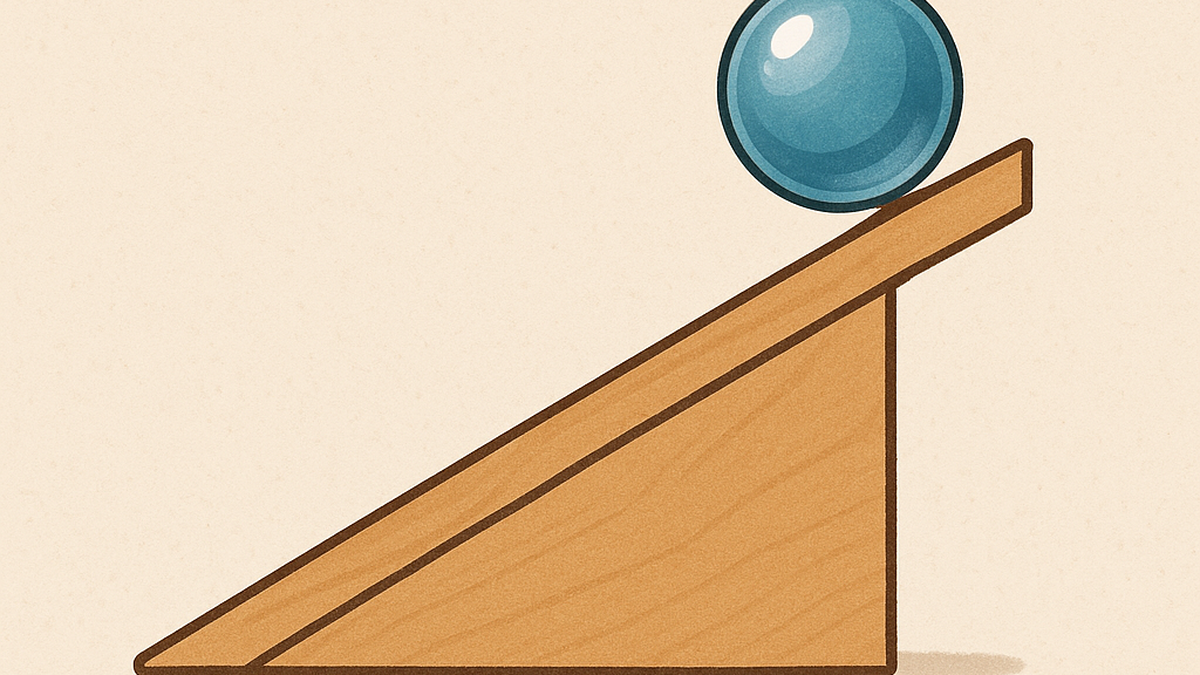John Clarke (University of California, Berkeley), Michel H. Devoret (Yale University, Connecticut and University of California, Santa Barbara), and John M. Martinis (University of California, Santa Barbara) have shared the 2025 Nobel Prize in physics. The prize recognises their contributions to experimentally demonstrating the manifestation of quantum effects in macroscopic systems, confirming our faith that quantum theory works at all scales, small and large.
Their research contribution is a milestone. We develop our intuition based on our sensory perceptions, and the classical physics framework is an expression of that experience, mostly gleaned from observing macroscopic objects.
On the other hand, quantum theory, currently the best framework to understand nature, does not seem natural or obvious. While the behaviour of the microscopic objects, such as electrons, protons, nuclei, and atoms, is not understandable within the classical physics framework, quantum theory provides ways to compute experimental outcomes.
The marble and the ramp
One counterintuitive feature of quantum theory is quantum tunnelling.
Imagine rolling a marble that encounters a ramp (slope). If the marble moves fast enough, it can roll over the ramp and reach the other side. A slowly moving marble can’t overcome the ramp, however. For such sluggish marbles, the locations on the other side of the ramp are forbidden in classical physics. But quantum theory has a different story to offer.
Suppose quantum theory applies to all situations. In this case, a marble starting on one side of a barrier can be located on the other, even if the marble does not have sufficient energy (as needed in classical physics). This possibility of finding objects in classically forbidden regions is called tunnelling, a feature recognised even in the early days of quantum theory.
For example, an alpha particle (two protons plus two neutrons) within a nucleus — even if it does not have enough energy to break away from the attraction of other protons and neutrons in the nucleus — can manage to exit the nucleus by tunnelling. This in fact explains the origin of the alpha decay of radioactive nuclei.
While tunnelling of microscopic species, such as an alpha particle, is in accordance with quantum mechanical predictions, we have never seen a slow marble crossing a ramp. Is tunnelling then a property of microscopic objects only? If so, is there a boundary that demarcates the quantum from the classical?
The condensates
One way to answer the first question is to demonstrate tunnelling in a macroscopic object. The three Nobel laureates worked as a team and demonstrated tunnelling and energy quantisation, yet another distinguishing feature of quantum systems, in a macroscopic system. A macroscopic object like a marble is composed of many atoms. The marble’s properties, which are intuitively obvious to us as they are classical, are the cumulative effects of the features of the atoms, which are microscopic. But it is possible to think of a system with a macroscopic degree of freedom that exhibits quantum features.
A superconductor offers no resistance to the flow of electricity. In a superconductor, electrons moving in opposite directions form pairs, called Cooper pairs, and their motion is correlated. The origin of this correlation is the lattice of atoms that make up the superconductor. At low temperatures, the vibrating atoms are not energetic enough to break the correlation between the paired electrons, which allows these pairs to move without resistance.
A thin insulating barrier sandwiched between two superconductors forms a Josephson junction. When the temperature is sufficiently low, Cooper pairs form and electrons move across the insulating barrier from one superconductor to another when the Josephson junction is part of a suitable electric circuit. The total current is due to the migration of billions of such pairs.
At a suitably low temperature, the large collection of pairs (called condensates) behaves as a single macroscopic object — in that all Cooper pairs are in the same state, exhibiting identical quantum features. This macroscopic object is characterised by a quantity called the phase difference and the number of Cooper pairs, which are macroscopic properties of the condensate.
The mathematical equation describing the circuit is similar to that describing a marble moving up a slope (though not a uniform slope). The phase difference and the barrier are analogous to the location of the marble and the ramp, respectively. The experiment by Clarke, Devoret, and Martinis showed this “phase difference” tunnelling across the Josephson junction in the circuit.
This observation, by analogy, is equivalent to the marble’s location shifting to the other side of the barrier, and is therefore a demonstration of tunnelling at macroscopic levels.
Ideas endure
The team also established energy quantisation, which means the total energy in the circuits can take only a specific set of values, to substantiate that the circuit containing the Josephson junction was manifestly quantum. This conclusively established that a non-classical feature like tunnelling is present even at the scale of billions of Cooper pairs.
The quantum-classical transition is still unsettled. However, there are reasons to believe that the interaction of macroscopic systems with their surroundings is a major reason why quantum effects are not manifest in big objects like a marble.
Though these experiments were conducted in the mid-1980s, the ideas continue to spur research activities in many domains. Most notably, quantum computing has immensely benefited from these ideas. The fundamental component of a quantum computer is a qubit (quantum bit) that holds information to be processed. A large array of qubits is required to perform quantum computations. Many physical systems are suitable for realising qubits, and superconducting qubits are circuits containing Josephson junctions, similar to the ones designed by the Nobel laureates.
The laureates’ work also points to the importance of basic research. Though the work’s original motivation was not quantum computing, its impact on the field amply demonstrates how basic research can foster technological innovations.
S. Srinivasan is a professor of physics at Krea University.
Published – October 11, 2025 06:00 am IST
